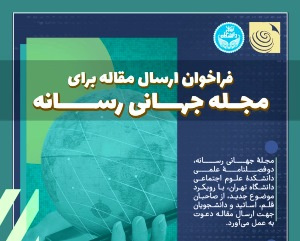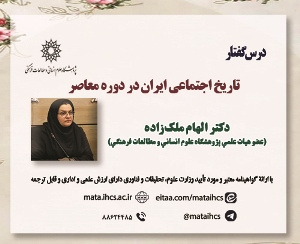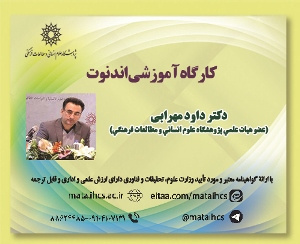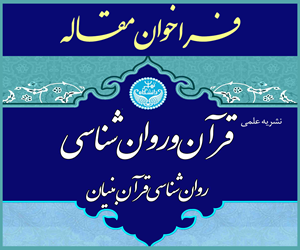پیوند مفهومی شفافیت سازمانی و فرهنگ سازمانی سالم در نهادهای دولتی (مورد مطالعه: سازمان های نظارتی قوه قضائیه) (مقاله علمی وزارت علوم)
درجه علمی: نشریه علمی (وزارت علوم)
آرشیو
چکیده
در سال های اخیر، بسیاری از سازمان های دولتی برای افزایش شفافیت در سازمان خود تلاش کرده اند. وجود هماهنگی و همکاری میان شفافیت سازمانی و فرهنگ سازمانی عنصری را تحت عنوان فرهنگ سازمانی سالم پدید می آورد که یک مقوله حیاتی و کلیدی برای سازمان های دولتی است. هدف اصلی تحقیق حاضر تدوین الگوی پیوند مفهومی شفافیت سازمانی و فرهنگ سازمانی سالم در نهادهای دولتی بود که با محوریت سازمان های نظارتی قوه قضائیه انجام گرفت. روش تحقیق حاضر آمیخته یا ترکیبی است که با استفاده از رویکرد نسبی متوالی با وزن ن ابرابر در سه فاز کیفی کیفی کمّی انجام شد. در این تحقیق، به ترتیب از سه روش «گروه کانونی آن لاین »، «نظریه داده بنیاد»، «پیمایش» جهت تدوین و تأیید الگو استفاده شد. ابزار اصلی مورد استفاده در فاز کیفی مصاحبه و در فاز کمّی پرسشنامه بود. مطابق یافته های تحقیق، در فاز اول کیفی 7 محور موضوعی از گروه کانونی آن لاین استخراج شدند و جهت مصاحبه در قالب محورهای بحث مورد استفاده قرار گرفتند. در فاز دوم کیفی 6 مؤلفه و 19 شاخص برای الگو احصا شد. و در فاز سوم با استفاده از روش پیمایش همه خبرگان اجزای الگو را بررسی و تأیید کردند. از نتایج تحقیق می توان به نقش و پیوند شفافیت سازمانی و فرهنگ سازمانی سالم اشاره کرد که موجب می شوند محیط های نامطمئن و مخاطره آمیز سازمان ها به محیطی امن و پویا تبدیل شوند تا در ایجاد سازمان های دولتی بازتر و شفاف تر مفید باشند.Conceptual Link Between Organizational Transparency and Sound Organizational Culture in Public Institutions: The Case Study of Judicial Regulatory Agencies
In recent years, many public institutions have worked to increase transparency in their organization. The existence of coordination and cooperation between organizational transparency and organizational culture creates an element called sound organizational culture, which is a vital and key issue for government organizations. The main purpose of this study is to develop a conceptual pattern of organizational transparency and sound organizational culture in public institutions, which is centered on the regulatory agencies of the judiciary. The study adopted a mixed-methods approach performed using a partially mixed sequential dominant status design in three qualitative-qualitative-quantitative phases. In this study, three methods of "online focus group-grounded theory-survey" were used to formulate and validate the pattern. According to the research findings, in the first qualitative phase, 7 thematic axes were extracted from the online focus group and used for interviews in the form of discussion axes. In the second qualitative phase, 6 components and 19 indicators were calculated for the pattern. In the third phase, using the survey method, all experts reviewed and validated the components of the template. The results of the research include the role and connection of organizational transparency and sound organizational culture, which cause unsafe and risky environments of organizations to become a safe and dynamic environment that is more effective in creating more open and transparent public organizations.




